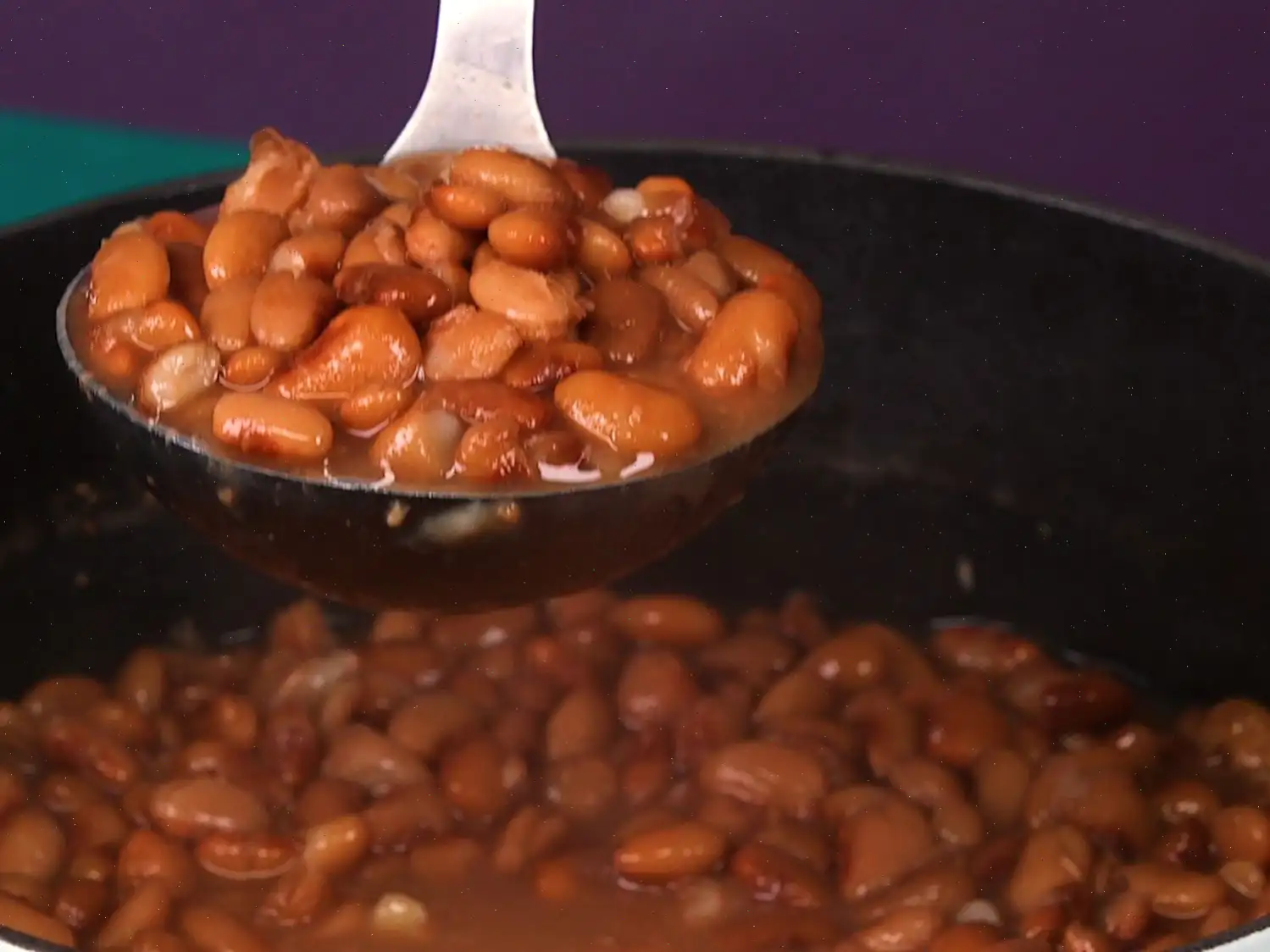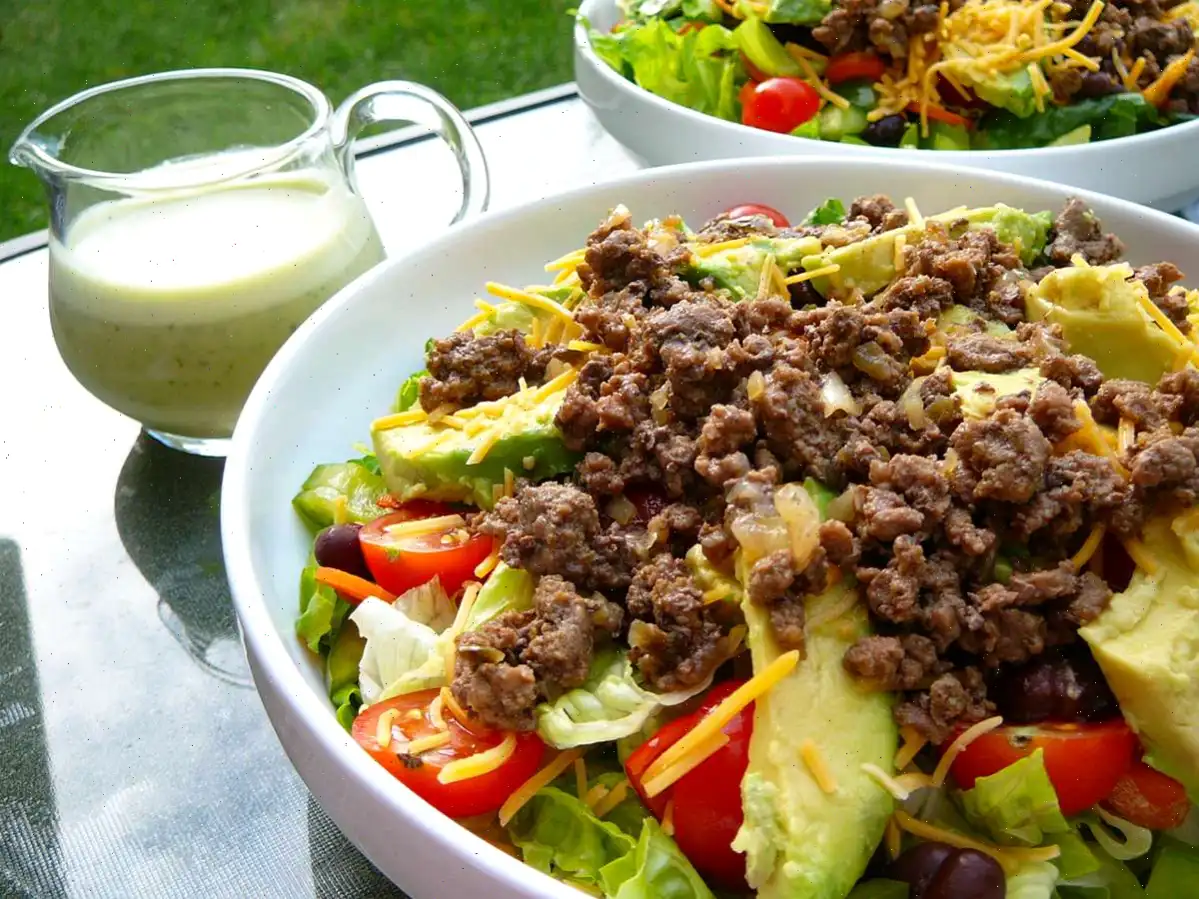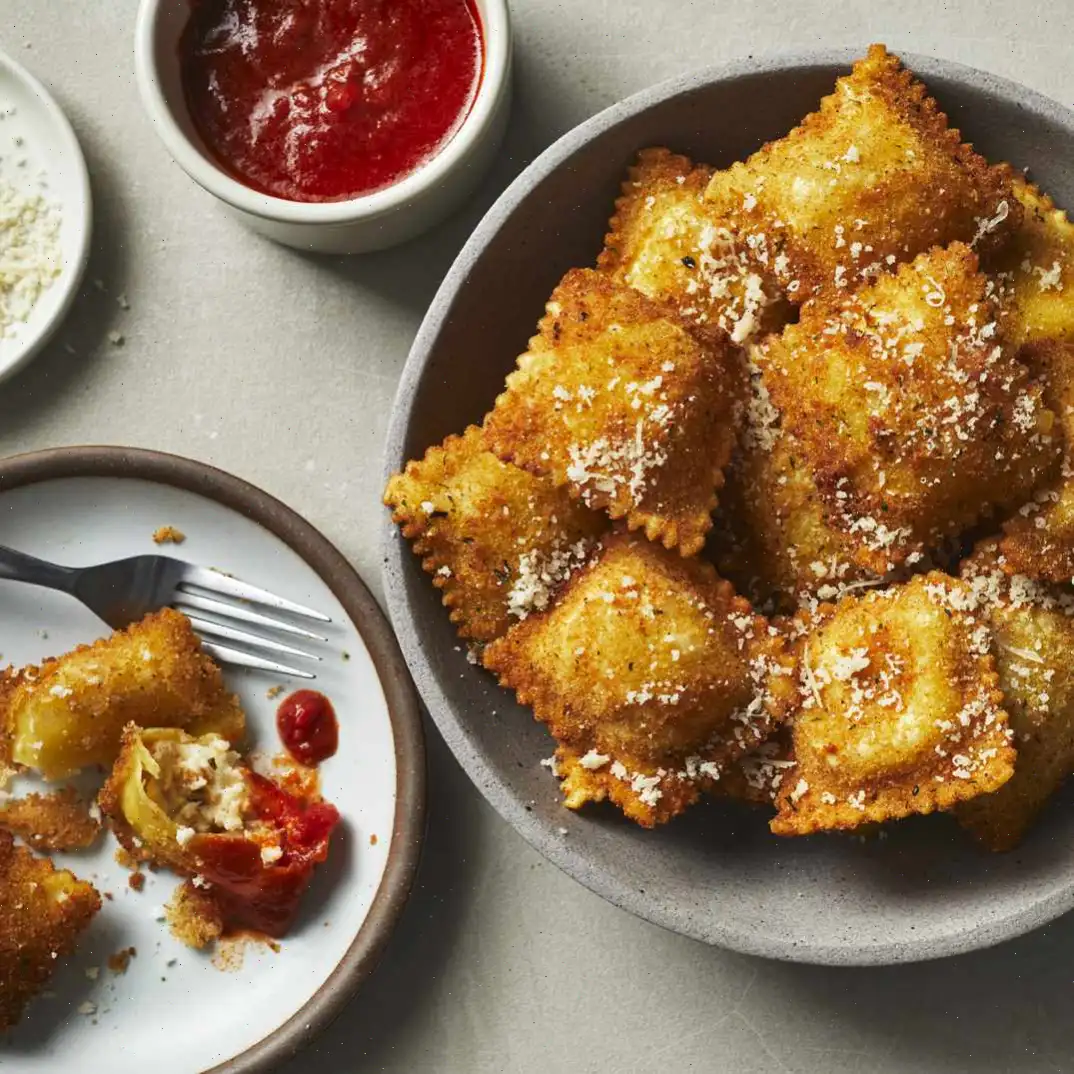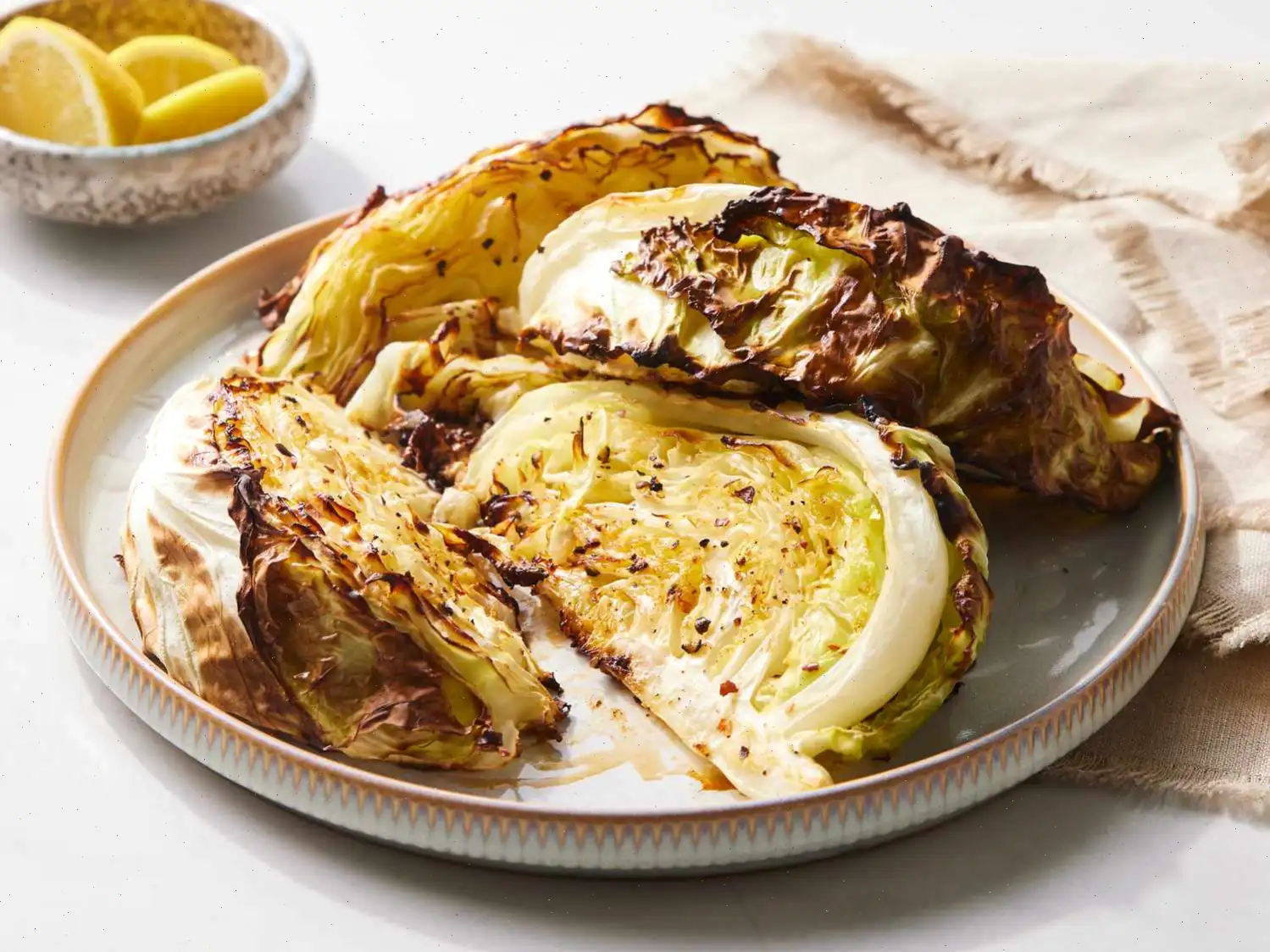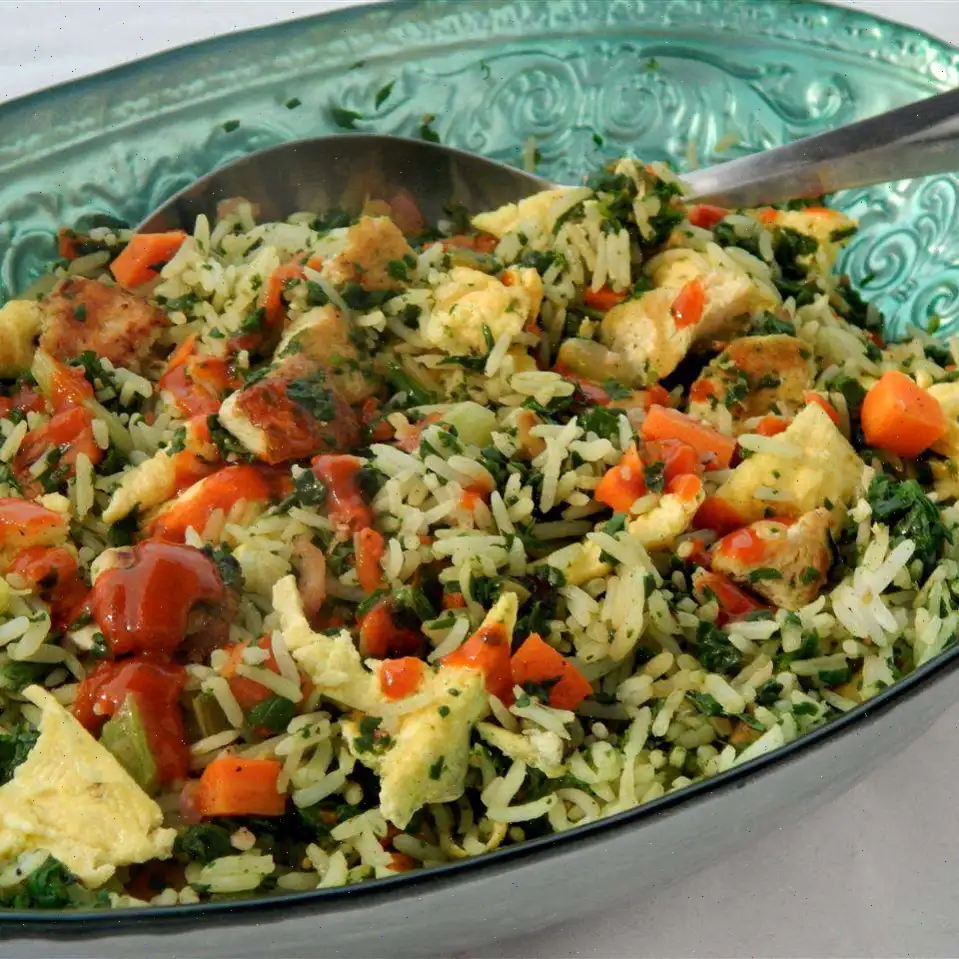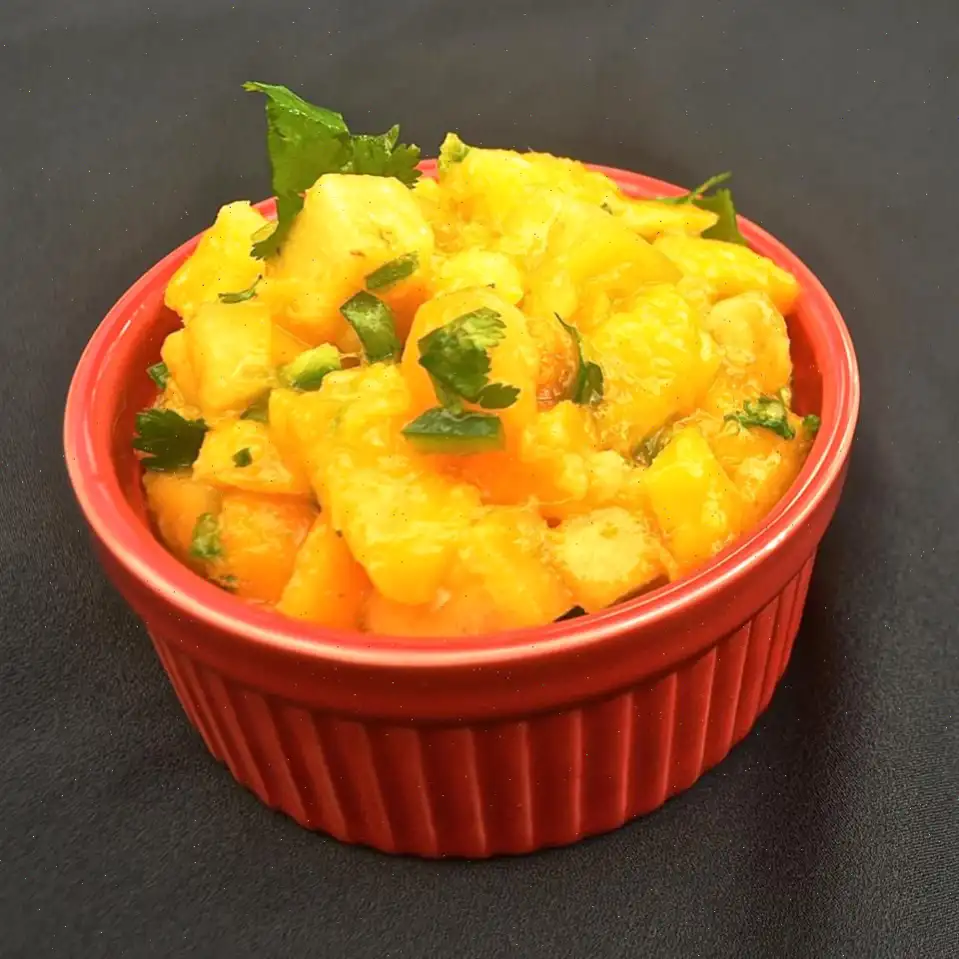
Basic No-Soak Beans Recipe
Ingredients
- 6 cups cold water
- 1 pound dried beans (such as black, pinto, or kidney), rinsed
- 1 teaspoon kosher salt
Directions
- Preheat the oven to 300F (150C).
- In a heavy-bottomed Dutch oven, bring cold water to a boil over high heat.
- Add the rinsed beans and salt, and bring the mixture back to a simmer.
- Cover the pot and place it in the preheated oven. Bake the beans for about 1 hour and 10 minutes, or until they are tender.
- After 30 minutes, check to ensure the beans are still covered with water. If necessary, add just enough water to keep the beans submerged.
Nutrition Facts (per serving)
| Nutrient | Amount | % Daily Value |
|---|---|---|
| Calories | 197 | 10% |
| Total Fat | 1g | 1% |
| Saturated Fat | 0g | 1% |
| Cholesterol | 0mg | 0% |
| Sodium | 171mg | 7% |
| Total Carbohydrate | 35g | 13% |
| Dietary Fiber | 9g | 31% |
| Total Sugars | 1g | |
| Protein | 12g | 24% |
| Vitamin C | 4mg | 4% |
| Calcium | 69mg | 5% |
| Iron | 3mg | 16% |
| Potassium | 790mg | 17% |

History and Origin
The practice of cooking beans without soaking dates back to ancient civilizations where beans were a staple food. Dried beans have long been an affordable and nutrient-dense ingredient in many cultures, from the Americas to the Mediterranean. While soaking beans overnight was once considered essential for better texture and digestibility, the no-soak method, as popularized in modern cooking, offers a quicker alternative without compromising flavor. This method first gained popularity in the United States during the mid-20th century when busy lifestyles prompted a demand for time-saving cooking techniques.
Regional Differences
Beans are used extensively across various cuisines, but the no-soak method is particularly common in American and some European kitchens, where it is often used for dishes like bean soups, chili, and stews. In the American South, beans such as pinto, navy, and black beans are a common choice for side dishes or hearty main courses. The technique has become increasingly popular in households across the world, where time constraints make it an attractive cooking method. Some cultures, particularly in the Mediterranean, still prefer soaking beans overnight to ensure better texture and digestibility, despite the convenience of the no-soak method.
How it Differs from Similar Dishes
What sets the Basic No-Soak Beans recipe apart from similar dishes is its simplicity and efficiency. Traditionally, many bean recipes require a lengthy soaking process that can take up to 12 hours. However, this no-soak recipe eliminates the need for planning ahead, making it ideal for last-minute meals. Unlike dishes that involve lengthy simmering or pressure cooking, this method uses the oven to gently cook the beans to tenderness in just over an hour. This results in a more hands-off cooking process while still delivering perfectly cooked beans that are full of flavor.
Where Its Usually Served
Basic No-Soak Beans are versatile and can be served in a variety of dishes. They are often featured in classic American dishes such as ham and bean soup, chili, or as a side dish to meats like roast chicken, pork, or beef. In many households, these beans are served alongside cornbread or over rice for a complete, satisfying meal. They can also be used in salads, casseroles, or as a filling for tacos, burritos, and wraps. Thanks to their simplicity and adaptability, they are a popular choice for home cooks looking to prepare a hearty meal without much prep time.
Interesting Facts
- Beans are a rich source of protein and fiber, making them a healthy and sustainable food option. They have been dubbed the meat of the poor due to their affordability and nutritional value.
- The no-soak method not only saves time but also retains more of the beans nutrients compared to traditional soaking methods, where some nutrients may leach out into the water.
- Beans are a key component of many global cuisines, from Latin American feijoada to Mediterranean hummus. Despite regional variations, the basic concept of cooking beans remains similar: simmer until tender.
- Despite their humble reputation, beans have been celebrated in various cultures as a symbol of prosperity and health. In some parts of the world, beans are even used in rituals and celebrations, such as New Years Day traditions in the Southern U.S.
FAQ about Basic No-Soak Beans Recipe
Comments
Katherine Miller
01/11/2024 08:08:13 AM
I had intended to prepare ham and bean soup today, but I accidentally forgot to soak the navy beans overnight. So, I decided to pop the beans in the oven while I prepped the other ingredients for the soup. Once the beans were cooked, I was all set to start cooking the soup!
Joseph Adams
05/04/2024 09:09:12 AM
I am adding baking soda (bicarbonate of soda) to reduce digestive discomfort after eating beans. I will reduce the salt by half and include 1/2 teaspoon of baking soda in the recipe.


